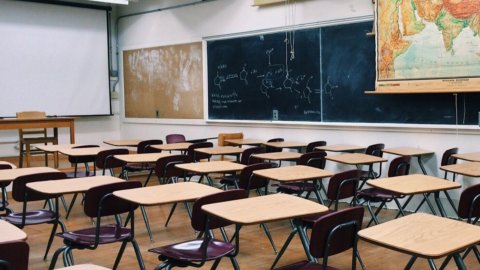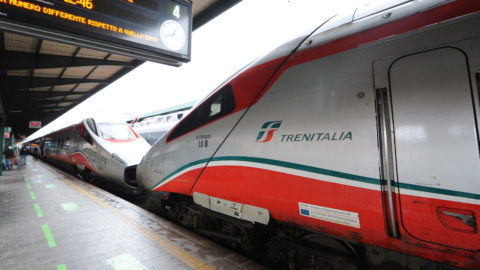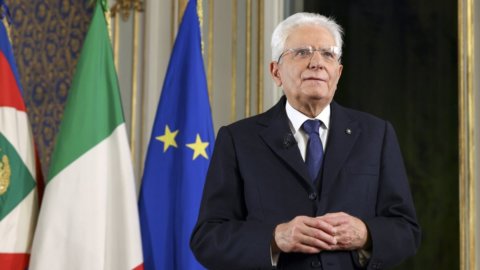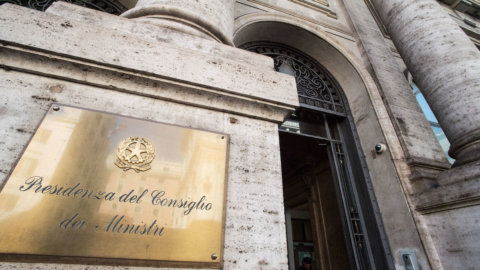The Istituto Superiore di Sanità (ISS) has given the green light to the protocol it dictates the rules to follow after the restart of schools expected for the next 14 September. Il document it was approved on 28 August by the Unified Conference of Municipalities, Regions and Provinces.
“This document – said the president of the ISS, Silvio Brusaferro – is the result of a shared commitment between many national institutions and Regions and Autonomous Provinces”.
"With a view to the possible circulation of the virus in September and in the coming months - continues Brusaferro - it was necessary to develop a national response strategy for any suspected and confirmed cases in the school environment or that have repercussions on it, to deal with reopenings with the greatest possible security".
Below, here are the guidelines dictated by the ISS.
SCHOOL, STUDENT EXPERIENCING SYMPTOMS: WHAT TO DO
In the event that a student shows coronavirus symptoms at school, the school operator has the obligation to notify the school contact person for covid-19 who in turn must notify the parents. The pupil must be housed in a room or in a dedicated area and the staff must take the temperature. The mask must be worn by both the student and anyone who comes into contact with the suspected case. It will also be necessary to disinfect the surfaces of the room once the pupil has returned home.
Parents must call the pediatrician or family doctor who will be responsible for assessing the situation to determine if it is necessary to contact the Prevention Department to book the swab.
SCHOOL: WHAT TO DO IF A STUDENT OR TEACHER IS POSITIVE
If a student, teacher or school operator tests positive for the coronavirus, the district health department will decide whether to quarantine the entire class and teachers at risk. In any case, the school will have to carry out an extraordinary sanitation. The total or partial closure of a school must be established on the basis of the number of confirmed cases and any 'clusters', and on the basis of the level of circulation of the virus. In general, and this is one of the most important prescriptions, a single case of coronavirus will not be enough to close the whole school.
BEWARE OF ABSENCES
The school will also have to monitor pupils' absences.
The school contact person for COVID-19 must inform the DdP if there is a large number of sudden absences of students in a class (e.g. 40%; the value must also take into account the situation of the other classes) or teachers. The DdP will carry out an epidemiological investigation to evaluate the public health actions to be taken, taking into account the presence of confirmed cases in the school or outbreaks of COVID-19 in the community.
Source: National Institute of Health
STUDENTS OR TEACHERS LIVING WITH A POSITIVE CASE
In the event that a pupil or school worker is living with a positive case of the coronavirus, it will be considered close contact and placed in quarantine. "Any close contacts of his (e.g. classmates of the quarantined pupil), do not require quarantine, unless subsequent assessments by the DdP following the positivity of any diagnostic tests on the close contact of a cohabitant in a case.", reads the text.
SCHOOL: THE REFERENT ARRIVES
Among the indications of the Istituto Superiore di Sanità, the identification of a school contact person and training him also stands out. It will also be necessary to keep a register of any contacts between pupils and staff of different classes, request the collaboration of parents to measure the pupil's temperature every day at home and report any absences for health reasons attributable to Covid-19.
SCHOOL AND OUTBREAKS
In the event of an outbreak in the school, the institution will have to promptly activate distance learning by establishing the methods.
"The activation of distance learning during the 2019-2020 school year was one of the ways to implement social distancing, which proved to be a key public health intervention for containing the spread of the SARS-CoV-2 infection. Against this, it is appropriate, in compliance with school autonomy, that each school defines the methods of implementation, by class and by complex, should clusters arise which require their reactivation".
Source: National Institute of Health





